You may already feed your dog vegetables in their mealtimes, or alongside their balanced diet. But did you know your dog can’t eat certain vegetables? And do you know what vegetables your dogs can’t eat?
We’ve covered what fruits your dog can and can’t eat in a previous blog, and in this blog we look at what vegetables your pooches can eat and those you need to stay clear of.
Are Vegetables Good For Your Dog?
Dogs digest foods differently than us humans and eating foods that could be bad for them can lead to serious health problems. Your dog doesn’t actually need many vegetables in their diet as they’re omnivores, and any treats - or vegetables you feed your dog as a snack should only take up to 10% of their usual tailored diet.
While many ‘human foods’ are perfectly safe for dogs, some are very unhealthy and you’re better off not feeding them to your dog to avoid any unnecessary health issues and vet trips.
Can Dogs Eat Onions?
No, you should never feed your dog onions. Onions, leeks and chives are all from the Allium plant that is incredibly poisonous to dogs (and your cats too). Eating onions can cause your dog’s red blood cells to rupture which can cause vomiting, diarrhoea and stomach pain. It is particularly dangerous in Japanese breeds of dogs such as Shiba Inus and Akitas, but you should stay clear of onions for all breeds. If you think your dog may have eaten an onion, leek or chive, call your veterinarian as soon as you suspect they’ve eaten it.
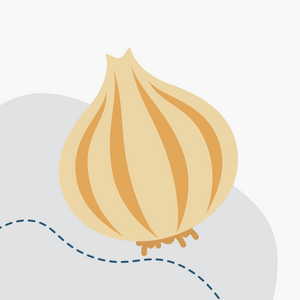
Can Dogs Eat Broccoli?
Your dog can eat broccoli in very small quantities and it’s best to offer it as an occasional treat. Broccoli is high in fibre and vitamin C and is low in fat, which is great for your dog, however broccoli floret contain isothiocyanate, which can cause mild to severe gastric issues in some dogs. Broccoli stalks have been known to cause obstruction in the oesophagus which can be fatal.
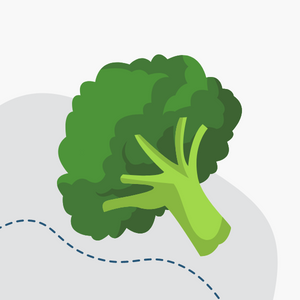
Can Dogs Eat Corn On The Cobs?
Sweetcorn is actually a healthy option for you dog, however corn on the cob do not digest in a dog’s stomach and should not be fed to your dog. Cobs are likely to cause a blockage and it may cause perforation if it is left to make their way through your dogs intestines. If you fear your dog has eaten a corn on the cob and you’re worried this may cause a blockage call your veterinarian straight away.

Can Dogs Eat Brussels Sprouts?
Yes, your dog can eat Brussels sprouts. Brussels are packed with antioxidants and nutrients that are great for you and your dog. Be careful not to over feed them to your dog however as they can cause lots of gas! Before serving them, make sure you remove the hard stem of the Brussels sprout and slice each sprout in half. Do remember to cook them before serving as they’re too tough to eat otherwise. Don’t over cook your sprouts as they’ll lose their nutritional benefits!
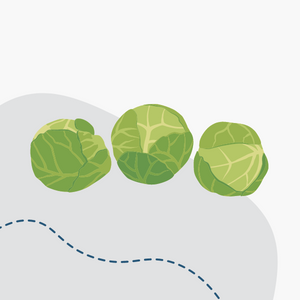
Can Dogs Eat Carrots?
Your dog can eat carrots, and they’re actually a really great low-calorie snack that’s high in fibre and vitamin A. Both raw and cooked carrots made a nutritional add on to any meal or as a tasty treat. Crunching on carrots is great for your dog’s teeth and can be fun for them too. It’s important to cut whole carrots and even sticks into bite-size chunks before feeding them to your dog.
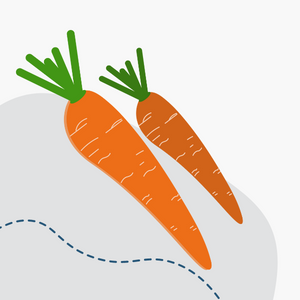
Can Dogs Eat Spinach?
Yes your dogs can eat spinach, but it’s not the usual vegetable you should be sharing with your pup. Spinach is high in oxalic acid which blocks the body’s ability to absorb calcium and can lead to kidney damage. While your dog would probably never opt for a large amount of spinach, it’s good to avoid feeding your dog a lot of spinach and choose a different vegetable.
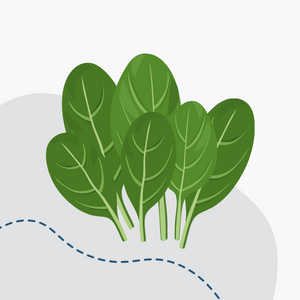
Can Dogs Eat Mushrooms?
No, your dog should not eat mushrooms. Mushrooms can be incredibly dangerous to your dog, especially wild mushrooms which can be toxic for dogs and may even be really poisonous. Washed white mushrooms from the supermarket could be OK, but it’s better to be safe than sorry and not feed them to your dog to keep them safe.
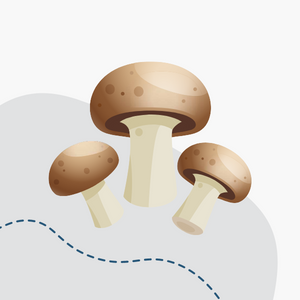
Now you know what vegetables and fruits your dog can eat - you can enjoy giving your pup a taster and vary their meals and treats with different and healthy textures.


































































































